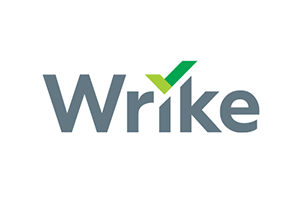BIG GOALS – TIGHT DEADLINES – EXPECTANT STAKEHOLDERS
Every job function includes an often long list of tasks and projects to complete each day. For larger projects, companies will often hire project managers to plan, document, organize and oversee a project’s life cycle, helping ensure projects are completed on time and on budget.
However, due to limited resources such as limited budgets or personnel constraints, many teams function without a project manager. As projects grow in complexity, scale, and quantity they become more at risk of missing deadlines, exceeding budget and falling short of key goals. Without someone to monitor the overall status of a project – including overseeing task completion and successful handoffs – projects may become stagnant, or worse, fall apart. If you want to complete projects successfully without the help of a project manager, consider implementing a few project management best practices to help you and your team strategically complete projects both large and small.
Project managers often follow a series of phases for each project: Initiation, Planning, Execution, Controlling, and Closure. These phases are nebulous and can be complex, but they follow overarching themes that are useful when managing a project.

We’re more than just insurance.
IMA goes the extra mile to bring you tools, research and insights to help you business face the many challenges of operating in a rapidly changing environment.
HERE’S WHAT TO KEEP IN MIND
INITIATION
WHAT’S GOING ON?
Every project starts somewhere. Your manager may come to you and say, “I need a proposal created for the sales team” or, “I’d like to start and communicate a wellness initiative.” Those projects, big or small, start with details. Nearly every project consists of a deadline, stakeholders, an approval process, and a goal; determining these details upfront will help ensure a successful project outcome.
To accomplish this, get the right people in the room from the start. A team meeting, or a one-on-one
with your manager, can help define perspectives and clarify the project’s priorities, helping determine from the start how the project’s success will be measured. This first step paves the way for the entire project process, bringing everyone onto the same page and setting the stage for success.
Many people want to skip this phase because it’s so much easier to jump right in and begin working. Don’t. Take the time to plan and prepare. This provides the foundation for an effective and efficient project moving forward.
PLANNING
HOW DO WE ACCOMPLISH THIS?
If you want to manage a project successfully, spend some time preparing a game plan for execution:
- Identify the steps of the project. What needs to be done first, and what can happen simultaneously? Are there hurdles to jump or people to contact in order to complete step 1 or 6 or 13? Write everything down! This is your process that will take your project from start to finish. Don’t let something slip through the cracks or hold up your timeline because a member of the team didn’t know it needed to be done.
- Determine which project management tool you’ll use. There are many tools available that can help with project management, differing in cost, complexity, and ease of use. Take some time researching what will work best for you and your team, whether it’s an Excel document or third-party software like Slack, Trello or Wrike. At the end of this article, you can learn more about these and other online project management platforms, and some of their individual pros and cons.
- Develop a project plan. Define ownership through project stakeholders and the roles and duties of individual contributors. Make determinations regarding the timeline of the project, as well as what methods and how often you’ll check in with team members and key stakeholders about key deliverables. This is also the time to make sure that the budget for the project is adequate.

EXECUTING
LET’S START ALREADY!
This is game time. Content is being written, vendors are being contacted, the hammer is hitting the nail – work has begun. This is also the time when requirements, deadlines, and stakeholders often change, and a project’s enemy may appear: scope creep. Monitor the process and make changes as needed. Communicate those changes with applicable individuals so everyone is on the same page.
In cases where the project is delayed due to unforeseeable factors, such as extreme weather events, supply chain issues, personnel changes, etc., having a clear communication structure in place for project ownership can keep everyone abreast of any changes in the project.
CONTROLLING
KEEP AN EYE ON THIS, ADJUST AS NEEDED
As the process moves along, regularly check the project status and hold people accountable for their work. Host regular meetings with applicable team members or your manager, giving them a chance to raise concerns, ask questions or provide a progress report. If the progress reporting requirements have been agreed upon fully during the planning stages, it should be fairly easy to gain consensus on what should be accomplished.
It is also important at this stage that all applicable team members are documenting completed steps and initiating the next one(s) with their teammates. The execution phase of a project includes close communication, documentation and organization.

CLOSURE
HOW’D IT GO?
The project has been completed (hopefully on time and on a budget!), but there is one additional step to consider before you close the book on the project: measure the success.
Before you look forward, sit down with your team or manager to review what went right and what went wrong. If the team didn’t spend enough time and effort in the planning phase, the execution phase most likely stumbled. If team members didn’t accurately record progress or weren’t kept up to date during the controlling phase, the deadline probably had to be pushed. Taking time for closure can help determine how to improve each phase for the next project.
Depending on key metrics that were defined prior to the project, this step will also likely entail gathering some combination of quantitative and qualitative feedback. This may be the time to put together a wrap-up of the project so that stakeholders or executives who may have been less involved in the day-to-day project can understand the success (or failure) of the project.
It’s best practice to keep these notes for similar or recurring projects and your annual review, so you can look back and give a report on everything you accomplished over the past year.

CONCLUSION
Taking the time to look at a project with a bird’s eye view can help it be a successful one, start to finish. Utilizing the phases of project management fosters organized and effective work. It helps to have initiation information, so project steps are completed efficiently. Regular check-ins and updates keep a project and its goals and requirements top of mind. Oftentimes, teams run and rush so they can check “done” on their to-do list but forget to think big picture and miss important aspects of projects. To effectively manage one’s work, think like a project manager. This can help improve the quality, timeliness, and strategy of what you do day-to-day.
PROJECT MANAGEMENT SOFTWARE
NOTES ON PROJECT MANAGEMENT SOFTWARE*
Having trouble deciding which project management software is right for you or your team? Think of the capabilities you’d like to have, like time and expense tracking, reporting, document sharing, and visual representation. It may be worth it to spend extra money on a tool that makes your job easier! Here’s a little information on some of the most popular tools. Make sure to do further research on project management tools! Many offer free trials for you to play around and see what works.

- Progress tracking
- Automation available, such as write custom rules and assign work
- Multiple views and organization capabilities
- Customizable and streamlined workflow
- Clean, easy-to-use interface
- No reporting available
- Free basic functionality or starting at $9.99/month

- Conversations organized in customizable channels – removes the need for email within an organization
- Integration available with multiple tools, such as Google Drive, Salesforce and Dropbox
- Easily share files
- No reporting available
- Free basic functionality or starting at $6.67/month

- Organization in one place
- Different sections, such as to-dos, messaging, schedules, files and group chats for each project
- Automatic notifications built into the tool
- Client access available
- $99/month flat fee

- Simplifies workflow management
- No reporting available
- Organization in one place – projects can be easily seen on boards, lists or cards
- Easily share files
- Commenting, date stamps and progress tracking
- Free basic functionality or starting at $9.99/month

- Time tracking and automated notifications built into the tool
- Custom reports available
- Customizable workflow
- Automation available, such as write custom rules and assign work
- Progress tracking
- Starting at $39/month

- Time tracking and automated notifications built into the tool
- Easily share files
- Team approval and review capabilities
- Multiple views and organization capabilities
- Custom reports available
- Customizable and streamlined workflow
- Free basic functionality or starting at $9.80/month
*These Project Management software vendors are presented for informational purposes only and their presence here does not constitute an endorsement of their services. Nor is this list intended to be a comprehensive list of vendors in this space. Choice of your Project Management software vendor is solely your business responsibility.
